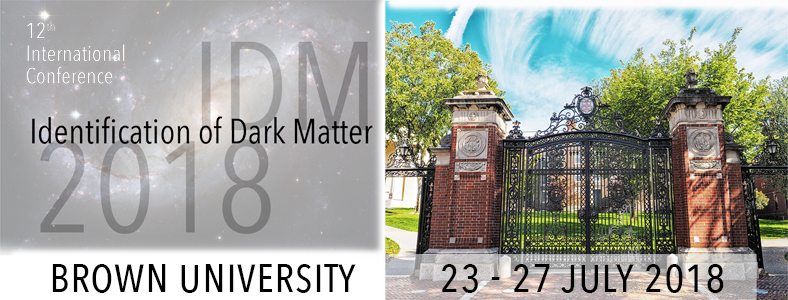Speaker
Description
Dual-phase xenon time projection chambers have been recently suggested to be sensitive to sub-GeV dark matter if the inelastic channels of Bremsstrahlung and the Migdal effect in the nuclear interaction are taken into account. Sub-GeV dark matter is difficult to probe due to the small energy transfer in dark matter-nucleus elastic scattering and the finite energy threshold of the detector. Considering photon emissions from Bremsstrahlung or electron emissions from Migdal effect in the dark matter nucleus inelastic scattering could circumvent this difficulty. This analysis utilizes both the scintillation (S1) and ionization (S2) signals in the LUX Run 3 data. New sub-GeV parameter space in the dark matter- nucleus interaction cross-section is explored using the Profile Likelihood Ratio method.
